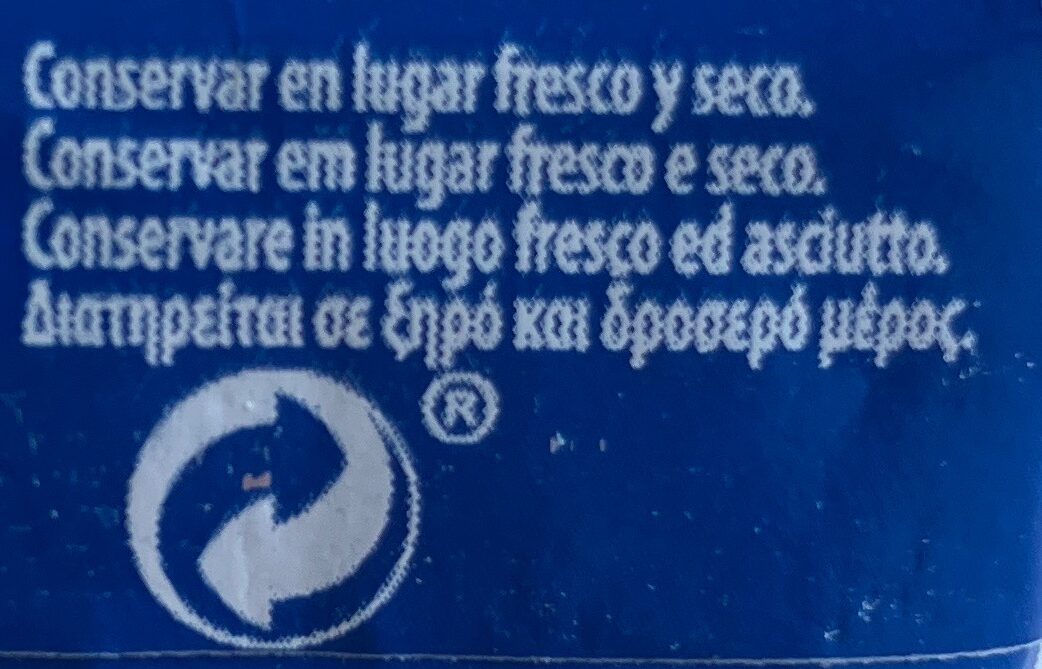Καραμέλες Halls - 32 g
This product page is not complete. You can help to complete it by editing it and adding more data from the photos we have, or by taking more photos using the app for Android or iPhone/iPad. Thank you!
×
Barcode: 84164391
Quantity: 32 g
Packaging: Pack
Brands: Halls
Categories: Snacks, Sweet snacks, Confectioneries, Caramels
Labels, certifications, awards:
Green Dot
Matching with your preferences
Health
Ingredients
Food processing
Additives
Ingredients analysis
The analysis is based solely on the ingredients listed and does not take into account processing methods.
Nutrition
Serving size:
100g
Report a problem
Data sources
Product added on by kiliweb
Last edit of product page on by stavrosd.
Product page also edited by charlesnepote, chevalstar, hungergames, inf, javier-llamas, jbarcelona, juanjo, musarana, openfoodfacts-contributors, packbot, roboto-app, smoothie-app, spotter, thaialagata, yuka.RzZNQUhac1B1TVkzbHMwZHpqZlBwK3hlNk1PdmZEbUpjY0JLSUE9PQ, yuka.sY2b0xO6T85zoF3NwEKvlm12c_iDohPGGEPRm0CVm9acL7u2YPpi5aHEbao.
If the data is incomplete or incorrect, you can complete or correct it by editing this page.







